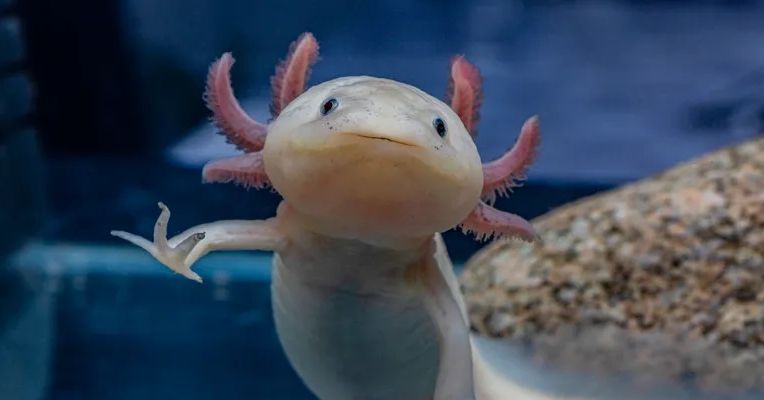The Axolotl: A Critically Endangered Species and its Restoration Efforts
Declining Population
The axolotl, a remarkable aquatic creature native to the canals of Xochimilco, Mexico City, faces an alarming risk of extinction according to the IUCN Red List of Threatened Species. Once considered sacred by the Aztecs and prominently featured as a national symbol on the 50 peso bill, recent ecological assessments reveal a dramatic decline in their numbers over the past two decades.
Recent Census Data
In 1998, an estimated 6,000 axolotls existed per square kilometer in their natural habitat. However, by 2004 this number had plummeted to just 1,000. By 2008, only 100 axolotls were recorded, and a census in 2014 documented a mere 36 individuals. New surveys are currently being conducted to assess the current state of this unique species.
Environmental Challenges
Xochimilco is not only a UNESCO World Heritage Site but also faces severe ecological challenges due to urban development. The ancient canal system, while a remnant of Aztec ingenuity, is under threat from the pressures of modern urbanization, substantially impacting wildlife, including the axolotl.
Conservation Initiatives
Leading the charge for conservation, scientists from the Ecological Restoration Laboratory at the National Autonomous University of Mexico (UNAM) are spearheading efforts to revitalize the axolotl population. According to project leader Luis Zambrano, the primary goal of current census activities is to ascertain the existence and numbers of axolotls in the wild.
Methodologies for Population Assessment
The conservation team employs diverse methodologies combining traditional fishing methods with innovative environmental DNA analysis to ascertain the presence of axolotls in their habitat. This analysis involves detecting DNA shed by the axolotls into the environment, offering a modern tool for confirming their existence.
The Axolotl’s Unique Characteristics
This fascinating amphibian possesses distinctive features: four limbs, a long tail, and a carnivorous nocturnal lifestyle. Axolotls display four color variations—wild (blackish-brown), leucistic (white with dark eyes), and two types of albino variations (white and golden). Notably, the results of the ongoing census will be released in early 2025, with further assessments planned for 2026.
The Fight Against Extinction
Despite the challenges faced, there exists a glimmer of hope for the axolotl thanks to the dedicated efforts of scientists, local communities, and conservationists all working together. Their combined efforts aim not only to raise awareness and combat misinformation about the species but also to enhance the survival prospects of this ancient vertebrate in its natural habitat.
As the survey continues, the future remains uncertain, but there is increasing optimism rooted in the ongoing dedication to safeguard one of the most iconic and unique species on the planet.

